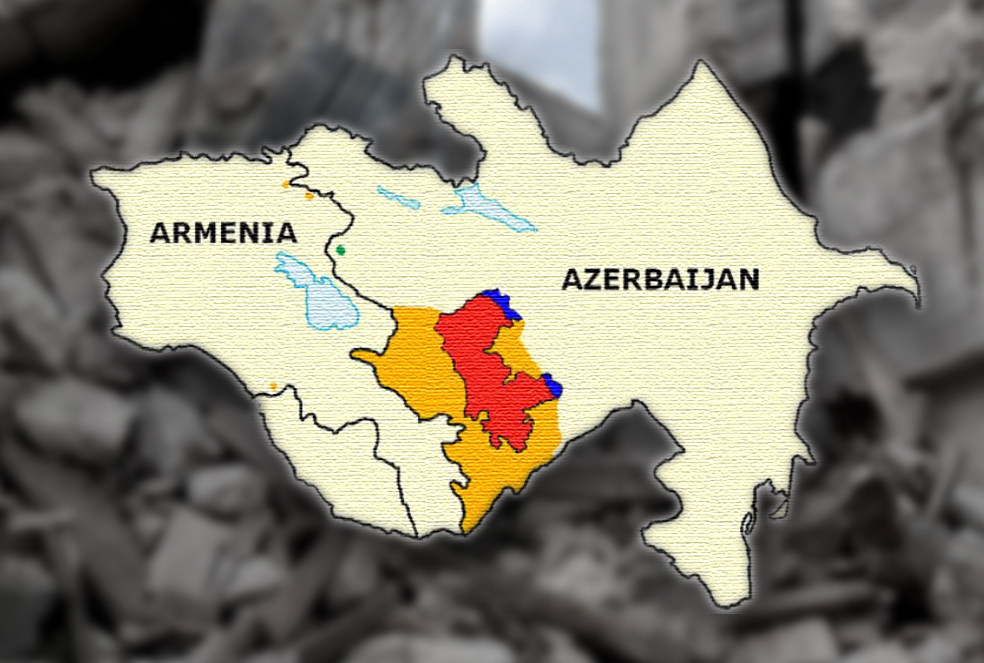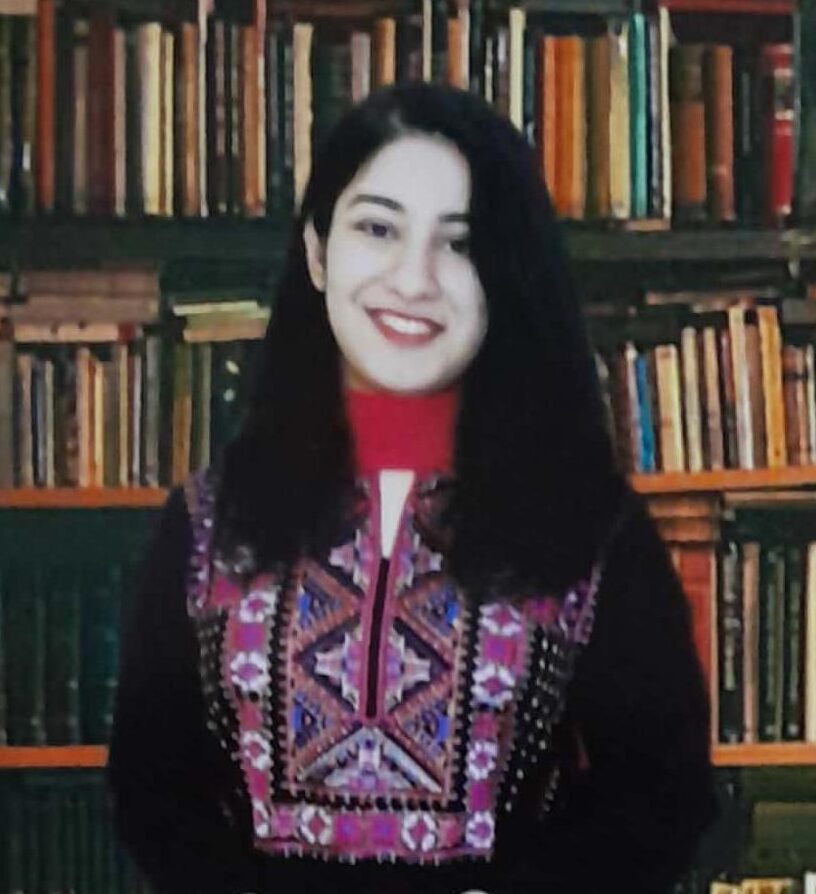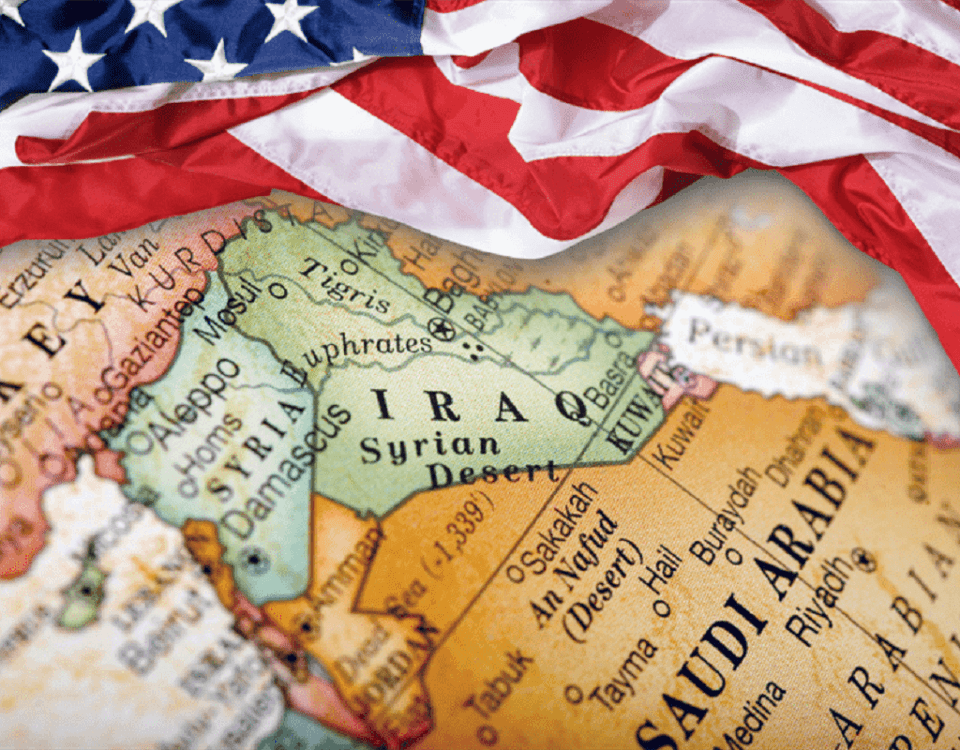
Saudi Arabia’s Gaza Policy: The Changing Middle Eastern Political Dynamics
November 9, 2023
Unravelling the Layers: Understanding the Israel-Palestine Conflict Beyond Religious and Regional Politics
November 11, 2023
Maheen Wiqar
The Nagorno-Karabakh conflict stands as a protracted and intricate dispute rooted in a historical struggle over the control and sovereignty of a region in the South Caucasus. Dating back to the early 20th century, the disagreement over Nagorno-Karabakh has led to a complex and enduring conflict between Armenia and Azerbaijan. This strife encompasses deep-seated ethnic, territorial, and political issues, shaped by a history of shifting allegiances and power dynamics. The region, primarily inhabited by ethnic Armenians, found itself under Azerbaijani jurisdiction during the Soviet era, leading to persistent tensions and desires for self-determination or reunification with Armenia. The key stakeholders in this conflict are Armenia and Azerbaijan, both fiercely protective of their territorial claims over Nagorno-Karabakh. Geopolitically, the struggle has drawn regional and global powers due to its strategic location, natural resources, and historical significance. Various peace solutions have been proposed, including negotiations through the OSCE Minsk Group comprising Russia, the United States, and France. Ceasefires have been brokered, yet a lasting resolution continues to evade the conflicting parties, posing ongoing challenges to regional stability and security. The quest for a sustainable peace settlement remains paramount, demanding a delicate balance of diplomacy, compromises, and recognition of the rights and aspirations of all involved parties.
Before delving into this dispute, it is important to gain some understanding of Azerbaijan and Armenia. Armenia, a small nation of 3 million residents has a Christian majority of approximately 95%, but is a secular state, as is Azerbaijan, which has a population of 10 million and is predominantly Muslim. Both countries were once part of the Soviet Union and gained independence after its dissolution. The root of their conflict lies in the disputed territory of Nagorno-Karabakh, wanting to be claimed by both nations. This region, with steep, forested terrain and minimal population, mainly consists of ethnic Armenians and is primarily under Armenia’s control. Covering over 4,400 square kilometers, it houses around 150,000 individuals, mostly of Armenian descent.
The enduringly contentious status of Nagorno-Karabakh within the framework of international relations can be traced back to the complex historical milieu of the 1920s. This period saw it functioning as an autonomous region under the aegis of Soviet Azerbaijan, though subject to centralized administration from Moscow. As the Soviet Union began its dissolution in the 1990s, the disposition of this territory came to the fore, with an inevitable transfer to Azerbaijan. However, the local ethnic Armenian populace, in defiance of this prospect, voiced their dissent by expressing a desire to unify with Armenia, a sentiment symbolized by the Nagorno-Karabakh legislature’s resolution in 1988. This aspiration was fiercely contested by both the Azerbaijani Soviet government and the overarching Soviet authority based in Moscow.
Following the Soviet Union’s collapse in 1991, Armenian-backed separatist forces from Yerevan seized control of Nagorno-Karabakh and adjoining Azerbaijani districts. Consequently, the Armenian-administered section of the region has since been under the governance of separatist entities supported by the Armenian government, despite the established international legal recognition of Nagorno-Karabakh as an integral part of Azerbaijan. The protracted conflict ensuing from this territorial dispute has engendered recurrent bouts of armed conflict between Armenia and Azerbaijan, perpetuating the enduring discord over this region.
There have been many peace talks over this region and many efforts to deal with it diplomatically and certain initiatives as well, but all have failed. In May 1994, Russia mediated a ceasefire between Armenia and Azerbaijan which gave Armenia full control of Nagorno Karabakh. The ongoing conflict is predominantly rooted in the discord over this contested region, sparking clashes along the Line of Control (LOC) with both nations asserting the other initiated the conflict. Russia, holding strong diplomatic ties with both Armenia and Azerbaijan, plays a pivotal role in this scenario. It maintains a military base in Armenia while also being a primary supplier of weaponry to Azerbaijan, a matter of contention for Armenia considering Russia as a strategic ally.
Historically, Russia has advocated for peaceful resolutions during conflicts between these nations. However, currently, Russia’s intervention has been limited. Simultaneously, Turkey emerged as a significant factor in this conflict. As a NATO member with geopolitical ambitions, Turkey has pledged staunch support for its long-standing ally, Azerbaijan, both on the battlefield and at the negotiation table, if necessary. Despite Armenian claims, Turkey has denied allegations of dispatching Syrian fighters and F-16 combat jets to assist Azerbaijani forces in the conflict. The Armenian Foreign Minister alleged pre-planned aggression, not only by Azerbaijan but also supported significantly by Turkey, which has a notable military presence in the conflict.
The underlying geopolitical factor is critical in understanding this conflict. Turkey, being a larger country, strategically aligns itself with smaller Azerbaijan to exert influence in the region. Additionally, Turkey serves as a primary route for Azerbaijan’s oil and gas exports, further cementing their relations, with the ex-Soviet republic becoming a substantial investor in Turkey. Both countries share strong ethnic, cultural, and historical connections, often referring to their bond as that of ‘two states, one nation.’ Notably, Turkey was the first nation to recognize Azerbaijan’s independence after the Soviet Union’s collapse, leading to the development of robust economic ties between the two. Conversely, Turkey lacks diplomatic relations with Armenia and closed its borders with the nation in 1993, demonstrating solidarity with Azerbaijan concerning Nagorno-Karabakh. The dynamics between these international powers- Russia and Turkey significantly shape the strategic landscape and prospects for resolution in the Armenia-Azerbaijan conflict.
Azerbaijan’s recent military offensive in Artsakh, perceived as violating the 2020 ceasefire, ensued following alleged incidents involving separatists sympathetic to Armenia. International responses, varying in nature, featured Russian President Vladimir Putin’s emphasis on engaging stakeholders through Russian peacekeepers while Armenia raised concerns about ethnic Armenians under Azerbaijani rule in Nagorno-Karabakh. Azerbaijan prioritized disarmament for reintegration and dismissed UN Security Council involvement. The conflict’s implications include the strategic significance of the Lachin Corridor for Armenian access and the potential to reshape South Caucasus geopolitical dynamics, impacting regional alliances and energy resources, underscoring the imperative need for diplomatic solutions to avert further escalation and sustain regional stability.
The writer is a student of International Relations at the National University of Modern Languages, Rawalpindi. She tweets @maheen_wiqar.







